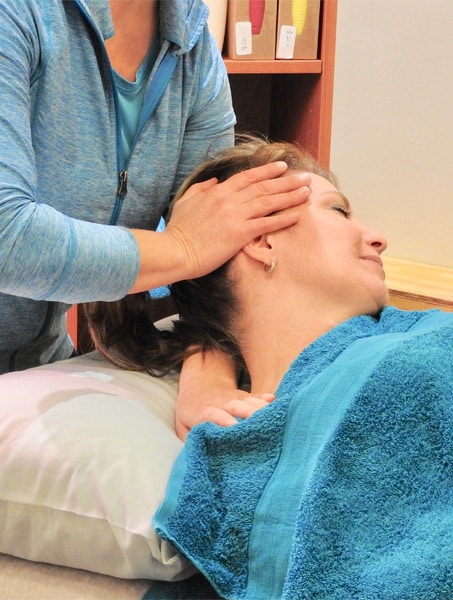Osteopaths can be visited without a referral from a GP and are trained to know the difference between uncomplicated back pain and back pain requiring referral to specialist care. In some cases there may be a more serious cause for low back pain such as disc injury, fracture, tumour and infection, which requires ongoing specialist support.


80% of the population will suffer from back pain at some time.
Studies show that osteopathic treatment may reduce back pain, may increase mobility and assists in the recovery process*.
Your osteopath can assist you to develop the course of action consistent with your lifestyle, symptoms and goals to manage your back and neck pain.
Your osteopath may:
- work on joint mobility
- work on muscular tension, inflammation and nerve irritation
- investigate blood supply and drainage to and from the spine and pelvis
- reduce the duration of low back pain and help prevent future episodes
- offer advice on posture, exercises and stretching
- provide advice on improving your ergonomic environment
- provide guidance on diet, hydration and exercise
- communicate and plan treatmnet with your GP
- refer you for assessment by diagnostic imaging when required
- provide care funded by workers compensation schemes and traffic accident shemes.
Osteopaths can be visited without a referral from a GP and are trained to know the difference between uncomplicated back pain and back pain requiring referral to specialist care. In some cases there may be a more serious cause for low back pain such as disc injury, fracture, tumour and infection, which requires ongoing specialist support.
Common causes of back and neck pain:
- extensive sitting or standing
- heavy lifting
- injury
- changes during pregnancy
- constipation, irritable bowel
- endometriosis
- menstrual pain
- insufficient flexibility
- muscle weakness
dysfunction in the thorax, lower limbs and pelvis.
